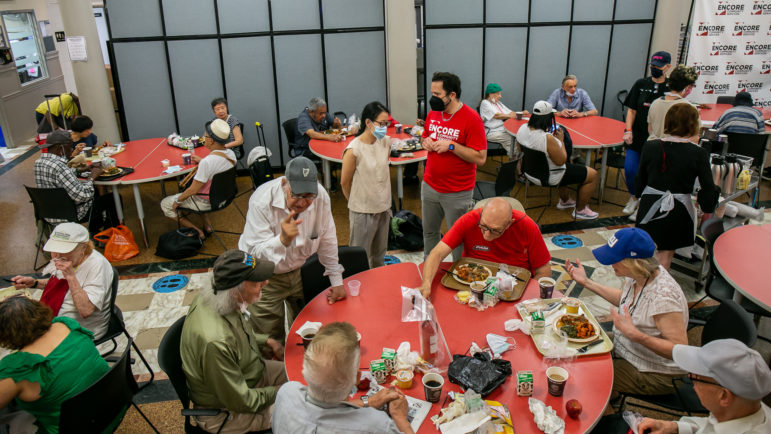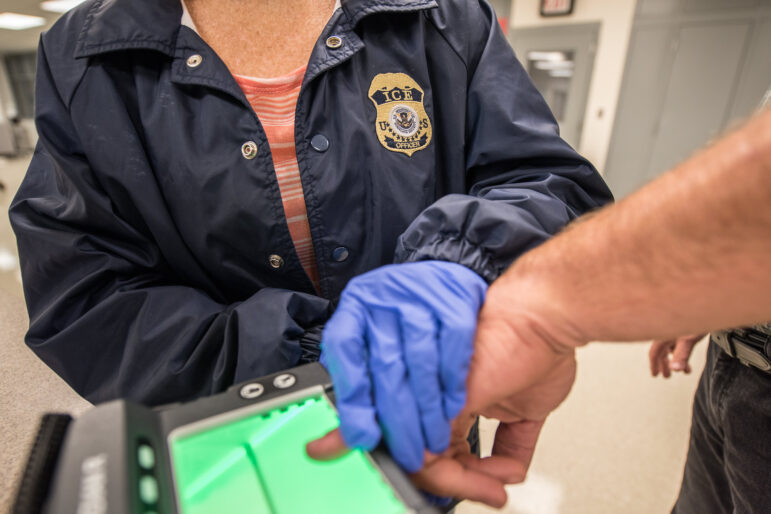Foster care is meant to be a transitory status in a child’s life, a temporary if traumatic time during a parent’s lapse of responsibility, or between the guardianship of a birth parent and an adoptive parent.
For too many New York City youth, however, foster care stretches on and on, depriving children of the “forever family” that child welfare professionals say is their birthright. From parents to caseworkers to Family Court judges, participants in the system all may propose different explanations for why the median amount of time that NYC children spend under the government’s care is two years, according to the state Office of Children and Family Services, or why 4.7 years is the median time spent awaiting adoption specifically. Now a study by the legal and advocacy group Children’s Rights aims to provide a data-based description of “obstacles to permanency”: A definitive explanation of why the “foster child” designation often lasts too long.
“It’s going to give data valuable to understanding child welfare citywide,” says Children’s Rights Policy Director Julie Farber, who is leading the study. “We’ll be producing hard data on what people think are the issues” – commonly expressed frustrations such as overloaded caseworkers or time-wasting Family Court adjournments.
“This is a complex issue. There’s not going to be one answer,” Farber said. The study “will give some hard data on all of these problems, which will enable the advocacy community to focus attention” on the problems identified. When the results come out this fall, “I think it will be really informative and powerful,” she said.
The study is analyzing the cases of 153 foster children around the five boroughs who have had an unmet goal of reunifying with their own families, or of being adopted, for two years or more. The city’s Administration for Children’s Services (ACS) and 28 of its 33 contracting private child welfare agencies that administer services to children and families are fully cooperating, thus providing the access to ongoing cases among the city’s total foster care population of 16,400 children (nearly a record low). While the sample isn’t large enough to be statistically significant by borough, Farber said, “the problems are significant enough citywide that this was an appropriate approach.” Those being analyzed were selected randomly from 3,883 cases that met the criteria at the 28 agencies.
Both Farber and ACS Commissioner John Mattingly find the collaboration itself noteworthy. Children’s Rights, after all, is well known in the child welfare world for bringing the Wilder v. Bernstein lawsuit and litigating the Marisol A. v. Giuliani settlement, two major civil actions that have shaped the administration of child welfare in New York City. “What’s sort of monumental about this, is [Mattingly] was allowing pretty much unprecedented access to an external entity … that’s sued the city in the past,” Farber said.
Mattingly also called the study “groundbreaking,” both for the participation of private groups, and the intention of his agency from the outset to work with advocates in addressing the report’s eventual findings. “It will provide information to the public in order to get thoughtful people thinking together about what it is we can do to achieve permanency for kids in care,” he said. “We should be able, at the end of this, to stand up together and say: These are issues we are all concerned about … here’s how we are going to work together to make the numbers look different.”
Ensuring that children have permanent, loving families is one of the top three goals of ACS, he said, in addition to protecting children and providing the kind of help to families that can keep them together. “Too many kids sort of get stuck in care, and we’ve got to deal with that,” Mattingly said.
As a major barrier to permanency, he mentioned the length of time Family Court cases often take, rather than receiving a disposition within 60 or 90 days. Jim Purcell, executive director of statewide organization Council of Family and Child Caring Agencies – who also backs the study as a potentially helpful tool – points instead to the “perennial problem” of housing in New York City (if a parent is unable to provide a big enough apartment for her children, for example) and the traditionally high rate of caseworker turnover as culprits.
Harlem resident Robin Wiley, a parent who has tangled with ACS in the past, shows the value of the study’s qualitative measures – in addition to the quantitative data collection, focus groups were held for discussions among parents, judges, lawyers and others – by proffering an entirely different obstacle to permanency than the professionals. At 51, Wiley is the mother of four children of whom she is proud, with her youngest starting college this fall. But he was removed from her at birth because of her drug problem, and it took five years for her to get him back.
Wiley, a parent organizer with the Child Welfare Organizing Project, said when her son was born 18 years ago, no one offered her help to get clean; it took some time to find treatment. “I wanted help. But I didn’t know how to ask for help without having my children removed,” she remembers (and says help is much more available these days).
In her case, the obstacle to permanency was a lack of trust. “If we’d been more open and honest, it would have been resolved earlier,” Wiley said.
When it comes to foster care, “The shorter time is the better time. But sometimes it doesn’t always work out like that.”








